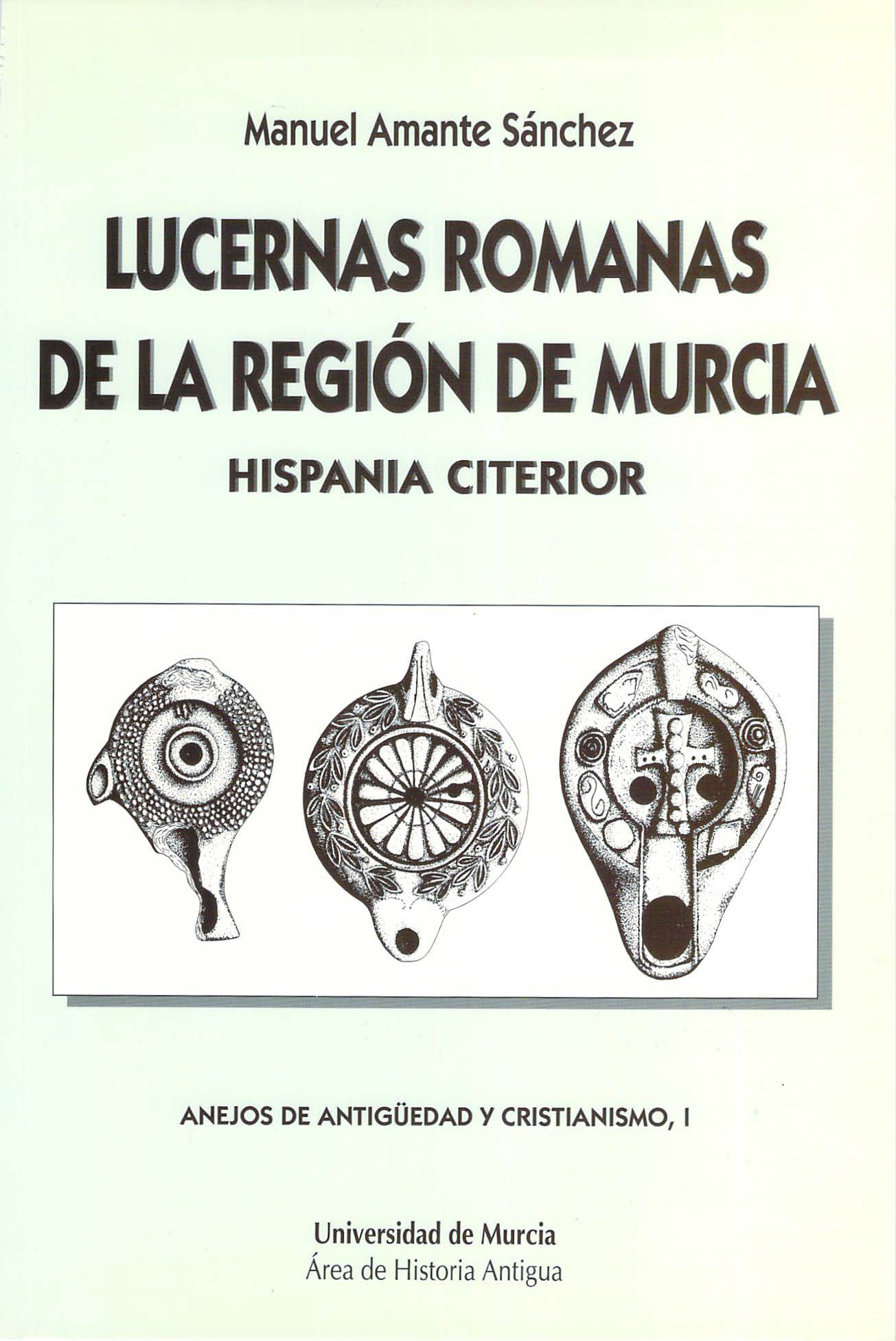Vol. 1 (1993): Annexes of Antiquity and Christianity: Roman skylights in the Region of Murcia
Antigüedad y Cristianismo
Among the ceramic production of the ancient world, the lights stand out for their functionality and beauty. Until obtaining their final form, the lamps underwent a long evolution that dates back to Prehistoric times, where they were made of bone and stone, using fuel as animal fat. With the appearance of agriculture in the Mediterranean basin, the skylights will undergo a total transformation. Mud will now be the raw material used in its manufacture, and olive oil, the ideal fuel for its operation. The oldest, made by hand or at slow speed, are flat, open bowls in the shape of a bowl. Over time, a kind of beak will be added to them, pinching the clay with their fingers (model Phoenic-Punic lamp). Sometimes there is more than one lighting port. Following its evolution, later the skylights will present a circular body, spout, handle and the beginning of a simple border, introducing the edges of the piece towards the inside of the body (classical Greek model). Above these will come the first Lenistic lamps and later the Roman ones. It will be at the end of the second century. C., when with the generalized use of molds, they can be manufactured in quantities that favor their export.





















